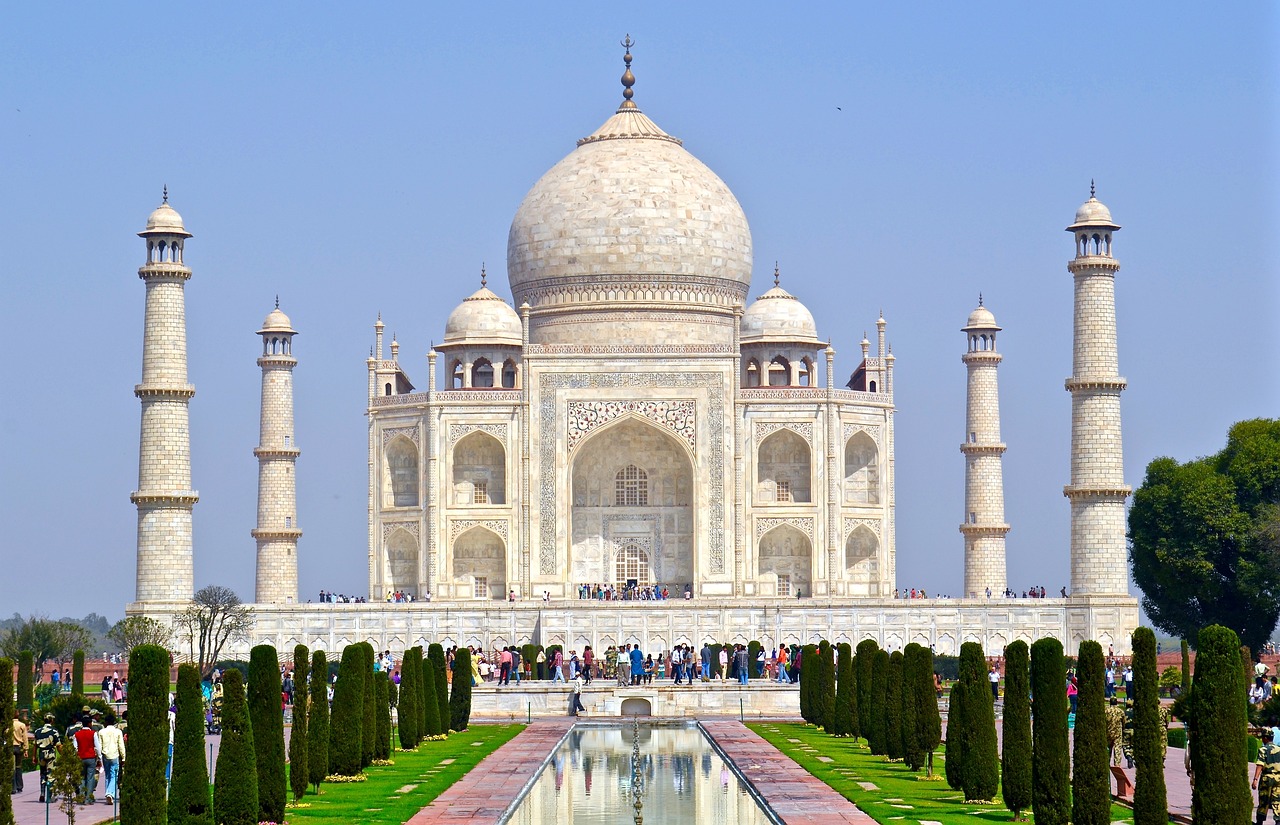Cultural Heritage Tours: An In-depth Exploration
Cultural heritage tourism offers travelers the opportunity to delve into the rich tapestry of human history, traditions, and artistic expressions that have shaped civilizations over millennia. These tours provide meaningful experiences by connecting people with the cultural, historical, and architectural treasures of diverse regions around the globe. In this detailed exploration, we examine the essence of cultural heritage tourism, its key features, benefits, challenges, and how it enriches both travelers and host communities.
Understanding Cultural Heritage Tourism
Cultural heritage tourism focuses on the exploration and appreciation of the historical and cultural assets of a destination. These tours often revolve around ancient monuments, traditional festivals, art forms, museums, and indigenous lifestyles, providing visitors with a deeper understanding of a community’s identity and heritage.
Core Elements of Cultural Heritage Tourism:
- Historical landmarks and sites.
- Cultural practices, traditions, and festivals.
- Art, music, and literature.
- Indigenous communities and lifestyles.
- Culinary traditions and local crafts.
Popular Activities in Cultural Heritage Tours
- Exploring Historic Sites and Monuments:
- Visiting UNESCO World Heritage Sites, ancient ruins, castles, and palaces.
- Examples: The Pyramids of Giza (Egypt), Machu Picchu (Peru), and the Colosseum (Italy).
- Participating in Traditional Festivals:
- Engaging in local celebrations, dances, and ceremonies.
- Examples: Carnival in Brazil, Diwali in India, and Oktoberfest in Germany.
- Museum and Art Gallery Tours:
- Appreciating collections of historical artifacts, artworks, and exhibitions.
- Notable institutions: The Louvre (France), The British Museum (UK), and The Met (USA).
- Culinary Experiences:
- Sampling regional cuisines, learning traditional cooking methods, and exploring local markets.
- Examples: Wine tasting in Tuscany (Italy), street food in Bangkok (Thailand), and sushi-making in Japan.
- Interacting with Indigenous Communities:
- Understanding the daily lives, traditions, and crafts of indigenous people.
- Destinations: Maasai villages (Kenya), Aboriginal communities (Australia), and Native American reservations (USA).
- Exploring Religious and Spiritual Sites:
- Visiting temples, mosques, churches, and sacred pilgrimage routes.
- Examples: The Vatican City (Italy), Mecca (Saudi Arabia), and Angkor Wat (Cambodia).
- Learning Traditional Crafts and Skills:
- Participating in workshops for pottery, weaving, or painting.
- Examples: Batik-making in Indonesia, glassblowing in Murano (Italy), and wood carving in Africa.
Top Destinations for Cultural Heritage Tours
- Europe:
- Renowned for its architectural marvels, art, and history.
- Iconic locations: Rome (Italy), Paris (France), and Athens (Greece).
- Asia:
- A rich blend of ancient traditions, spiritual sites, and vibrant cultures.
- Highlights: Kyoto (Japan), Varanasi (India), and Xi’an (China).
- Africa:
- Home to ancient civilizations, traditional villages, and historic landmarks.
- Key spots: Great Zimbabwe (Zimbabwe), Timbuktu (Mali), and the Valley of the Kings (Egypt).
- The Americas:
- A mix of indigenous heritage and colonial history.
- Destinations: Cusco (Peru), Mexico City (Mexico), and Charleston (USA).
- The Middle East:
- Cradle of ancient civilizations and major world religions.
- Must-visit: Petra (Jordan), Jerusalem (Israel), and Persepolis (Iran).
- Oceania:
- Offers insights into indigenous cultures and colonial history.
- Highlights: Sydney (Australia), Rotorua (New Zealand), and Easter Island (Chile).
Benefits of Cultural Heritage Tourism
- Cultural Exchange and Understanding:
- Promotes cross-cultural awareness and appreciation.
- Helps bridge gaps between diverse communities.
- Economic Growth:
- Contributes to local economies by generating revenue for businesses and artisans.
- Encourages investment in preservation and infrastructure.
- Preservation of Heritage:
- Creates incentives to protect and maintain cultural landmarks and traditions.
- Educational Value:
- Offers opportunities to learn about history, art, and social systems.
- Personal Enrichment:
- Provides meaningful experiences that foster deeper connections with humanity’s collective past.
Challenges in Cultural Heritage Tourism
- Overtourism:
- Excessive visitor numbers can lead to overcrowding and strain on infrastructure.
- Preservation vs. Commercialization:
- Balancing the need for preservation with the pressures of tourism revenue.
- Cultural Misrepresentation:
- Risk of commodifying traditions or perpetuating stereotypes.
- Environmental Impact:
- Increased tourism can lead to pollution and degradation of natural and cultural sites.
- Accessibility:
- Some cultural heritage sites are located in remote or politically unstable areas.
Sustainable Practices in Cultural Heritage Tourism
- Community Involvement:
- Engaging local communities in planning and benefiting from tourism.
- Ethical Tourism:
- Respecting local customs, traditions, and sacred sites.
- Eco-friendly Initiatives:
- Implementing measures to reduce waste, carbon emissions, and environmental impact.
- Education and Awareness:
- Promoting responsible tourism practices among travelers.
- Capacity Management:
- Regulating visitor numbers to prevent overcrowding and overuse.
Planning a Cultural Heritage Tour
- Research and Preparation:
- Study the history, customs, and etiquette of the destination.
- Selecting Authentic Experiences:
- Choose tours that prioritize genuine cultural interactions over commercialized attractions.
- Engaging Knowledgeable Guides:
- Opt for guides who can provide in-depth insights and historical context.
- Supporting Local Businesses:
- Patronize local artisans, family-run accommodations, and traditional restaurants.
- Time Management:
- Allocate adequate time to explore key sites without rushing.





Reviews
There are no reviews yet.